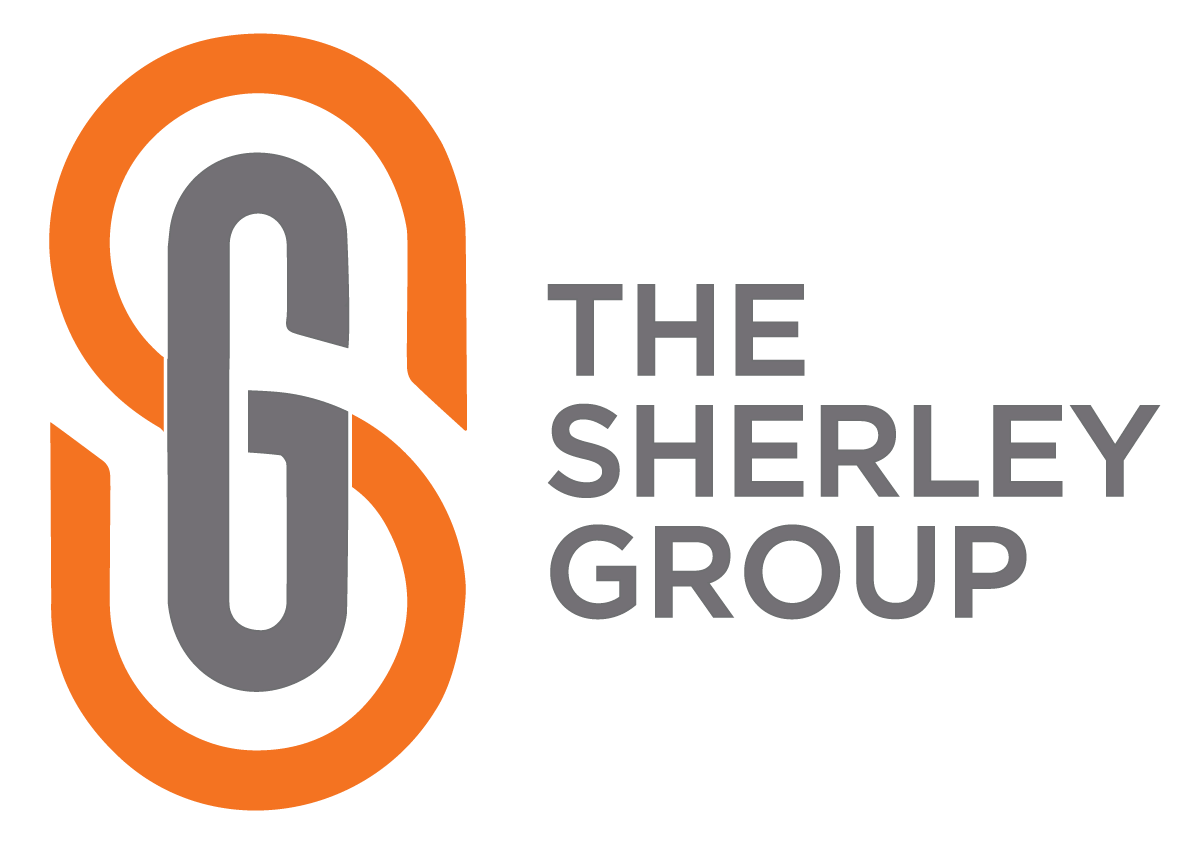2023 HSA and HDHP
Contributions and Out-of-Pocket limits
Health savings account (HSA) contribution limits for calendar year 2023 are increasing in response to the recent rise in inflation.
The contributions can come from the employer, employee deductions via payroll or a combination (i.e.: the employer can match the amount that the employee has withheld). matching to support employees’ ability to handle increased health care costs.
| Contribution and Out-of-Pocket Limits for Health Savings Accounts and High-Deductible Health Plans | |||
| 2023 | 2022 | Change | |
| HSA contribution limit (employer + employee) | Self-only: $3,850 Family: $7,750 |
Self-only: $3,650 Family: $7,300 |
Self-only: +$200 Family: +$450 |
| HSA catch-up contributions (age 55 or older) | $1,000 | $1,000 | No change (set by statute) |
| HDHP minimum deductibles | Self-only: $1,500 Family: $3,000 |
Self-only: $1,400 Family: $2,800 |
Self-only: +$100 Family: +$200 |
| HDHP maximum out-of-pocket amounts (deductibles, co-payments and other amounts, but not premiums) | Self-only: $7,500 Family: $15,000 |
Self-only: $7,050 Family: $14,100 |
Self-only: +$450 Family: +$900 |
HSA Contribution Details
*HSA contributions are adjusted for inflation annually against the Consumer Price Index. Catch-up contribution limits are fixed by statute.
* Married couples with HSA-eligible family coverage will share one family HSA contribution limit of $7,750 in 2023. If both spouses have eligible self-only coverage, each spouse may contribute up to $3,850 in separate accounts.
* If both spouses with family coverage are age 55 or older, they must have two HSA accounts in separate names if they each want to contribute an additional $1,000 catch-up contribution.
* If only one spouse is 55 or older but the younger spouse contributes the full family contribution limit to the HSA in his or her name, the older spouse must open a separate account to make the additional $1,000 catch-up contribution.
* Account holders who exceed the contribution limit are subject to an annual 6 percent excise penalty tax on the excess amount unless it is withdrawn from the HSA before the tax deadline for that year.
Annual out-of-pocket limits for ACA-compliant plans (HHS) v/s HSA-qualified HDHP plans (IRS)
| 2023 | 2022 | |
| Maximum out-of-pocket for ACA-compliant plans (HHS) | Self-only: $9,100
Family: $18,200 |
Self-only: $8,750
Family: $17,400 |
| Maximum out-of-pocket for HSA-qualified HDHPs (IRS) | Self-only: $7,500Family: $15,000 | Self-only: $7,050Family: $14,100 |
- ACA-compliant plans (HHS) – Out-of-pocket limits established by the Department of Health and Human Services (HHS).
- The HHS’s annual out-of-pocket limits are higher than those set by the IRS. To qualify as an HSA-compatible HDHP, a plan can’t exceed the IRS’s lower out-of-pocket maximums.




